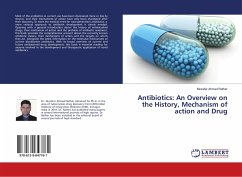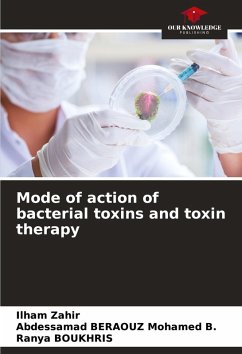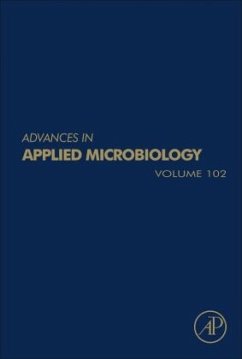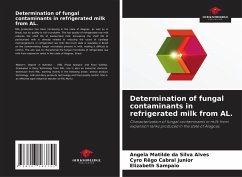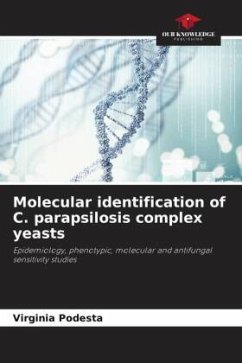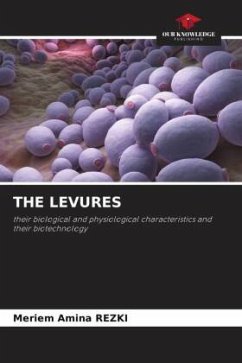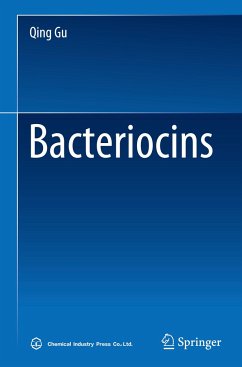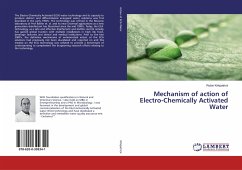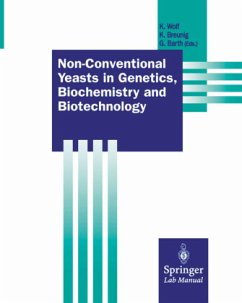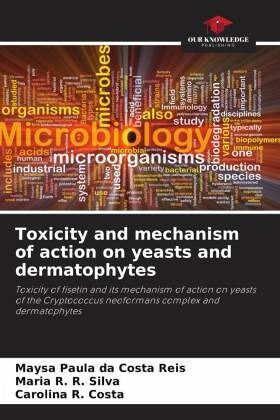
Toxicity and mechanism of action on yeasts and dermatophytes
Toxicity of fisetin and its mechanism of action on yeasts of the Cryptococcus neoformans complex and dermatophytes
Versandkostenfrei!
Versandfertig in 6-10 Tagen
36,99 €
inkl. MwSt.

PAYBACK Punkte
18 °P sammeln!
The increase in antibiotic resistance and the side effects of available antifungal drugs have increased the need to develop new and more effective antifungal agents. Among the compounds extracted from plants, flavonoids are considered as possible sources of novel therapeutic agents for fungal, bacterial and viral infections. The antifungal mechanism of action and toxicity of fisetin, a flavonoid with previously established antifungal activity towards Cryptococcus neoformans species complex and dermatophytes, were determined. The results presented show a favourable profile to lead to the study ...
The increase in antibiotic resistance and the side effects of available antifungal drugs have increased the need to develop new and more effective antifungal agents. Among the compounds extracted from plants, flavonoids are considered as possible sources of novel therapeutic agents for fungal, bacterial and viral infections. The antifungal mechanism of action and toxicity of fisetin, a flavonoid with previously established antifungal activity towards Cryptococcus neoformans species complex and dermatophytes, were determined. The results presented show a favourable profile to lead to the study and development of this substance in the treatment of cryptococcosis and dermatophytosis.



